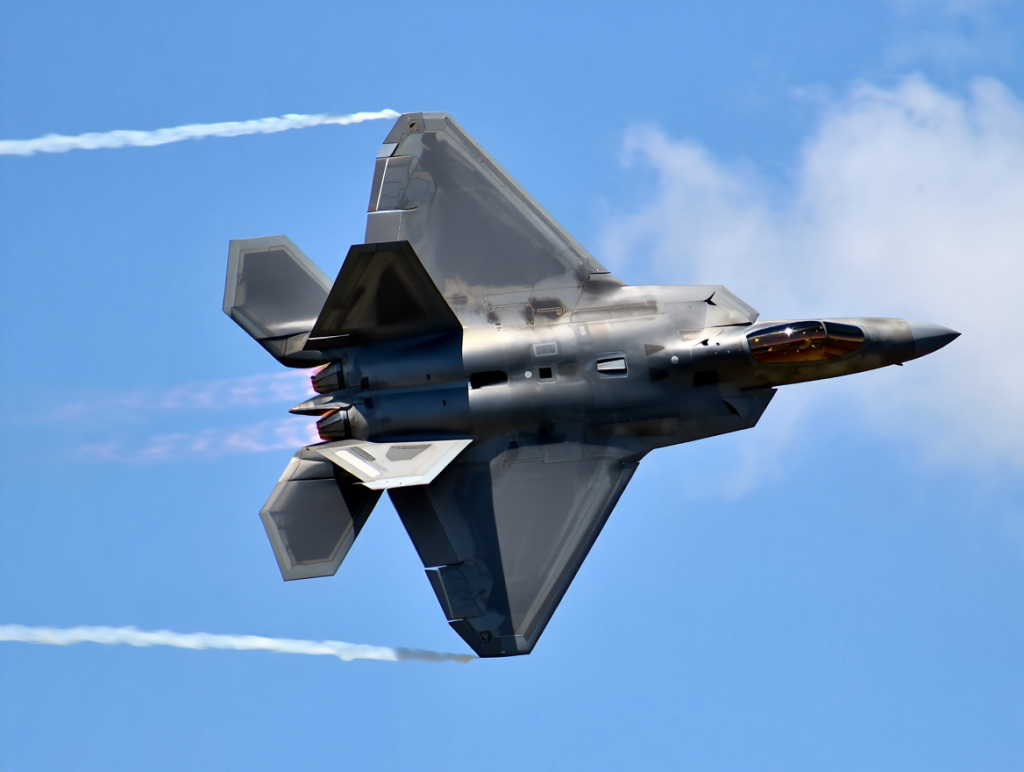
Overview
In a landmark move dated July 2025, Boeing (NYSE: BA) officially announced its acquisition of Lockheed Martin (NYSE: LMT) in an all-stock deal valued at approximately $180 billion, including assumed debt. If the transaction closes, it will create the globe’s largest aerospace and defense firm with combined revenues nearing $130 billion and a workforce exceeding 300,000.
Deal Structure & Terms
- Structure: All-stock merger, Boeing issuing 0.75 BA shares for each LMT share.
- Lockheed Shareholder Premium: Representing a ~25% premium over Lockheed’s July 7 closing price of ~$464 reddit.com+14itsreleased.com+14ainvest.com+14.
- Governance: Lockheed CEO remains on the merged board; Boeing’s CEO leads the combined company.
- Regulatory Review: Approvals via U.S. DoJ, FTC, and international competition authorities. Practice clearances expected due to national security significance, especially in space and defense markets.
Financial Breakdown & Synergy Potential
| Company | Revenue ’24 | Operating Profit Margin | Key Revenue Streams |
|---|---|---|---|
| Boeing (BA) | $95 B | ~8% | Commercial jets, military aircraft, satellites spacenews.com |
| Lockheed Martin (LMT) | $70 B | ~12% | Missiles, fighters, defense systems |
| Combined Entity | ~$130 B | ~10% (post cost synergies) | Commercial + defense + space |
Synergy Estimates
- Near-term cost synergies (~$5 – 7 B annually), from:
- Consolidating R&D, corporate, global facilities
- Better procurement leverage for suppliers
- Launch vertical integration: Platform dominance in rockets and space systems through joint ventures like ULA.
- Top-line growth: Cross-selling military jets, autonomous drones, defense electronics, and space services to share customers.
Regulatory & Antitrust Implications
- National Security Carve-Outs: Space and defense products may receive expedited DoD/State exemptions to prioritize domestic production capacity.
- Competition Concerns: Legacy issues trace back to Boeing‑Lockheed ULA JV controversies independent.co.uk+2buffalonews.com+2capstonepartners.com+2independent.co.ukreddit.com+9spacenews.com+9spacenews.com+9ainvest.com. Rival SpaceX previously sued to block ULA’s Delta/Atlas consolidation.
- Divestitures Anticipated: Analysts predict mandatory divesture of overlapping business lines (e.g., commercial satellites or sub-orbital launch tech).
- Global Scrutiny: Approval from the EU, UK, Australia, Canada, India likely contingent on assurances of global competition.
Military R&D Integration: From Lockheed Innovation to Boeing Jets
Next‑Gen Fighter (F‑47)/NGAD Program
Boeing–led NGAD project secured over $20 billion in contracts in March 2025 spacenews.comainvest.com+2reddit.com+2reddit.com+2. As part of the acquisition:
- Lockheed’s DARPA‑backed X‑planes (flying since 2019/2022) will provide test rig data and stealth design insights spacenews.com+11itsreleased.com+11wtfweekly.news+11reddit.com.
- Joint integration aims to embed Lockheed’s R&D breakthroughs—adaptive propulsion, advanced stealth, sensor fusion—into Boeing’s NGAD fighter and collaborative combat aircraft (drones).
Crossover Into Aviation
- Structural & Materials Advancements: Lockheed’s composite and stealth coatings adapted for Boeing’s 787/797 frames could cut fuel burn and noise.
- Avionics & Sensor Fusion: Military-grade radar, communications, and electronic warfare systems upgraded for high-end business and commercial jets.
- Autonomous Flight: Lockheed-developed autonomy modules leveraged in Boeing’s interest in cargo/autonomy programs (e.g., MQ‑25 derivatives).
- Propulsion Innovation: High-efficiency, adaptive-cycle engines from NGAD potentially informing next-gen engine R&D for Mach-efficient commercial variant.
Space & Launch Strategy: Winning the Launch Race
- The merged entity will fully own United Launch Alliance (ULA), consolidating Vulcan Centaur rockets—used for LEO and national security payloads reddit.com+3reddit.com+3ainvest.com+3space.com+6cnbc.com+6en.wikipedia.org+6.
- Boeing previously acquired Spirit AeroSystems (
$8.4 B) while Lockheed had acquired Terran Orbital ($247 M) to vertically integrate satellite manufacturing capstonepartners.com. - Post-merger, duplicated space assets can be collapsed, allowing investments in Vulcan Heavy, modular satellite buses, space autonomy.
Competitive Landscape & Risks
- SpaceX & NewSpace: SpaceX, Rocket Lab, and Sierra Space challenge ULA’s dominance. Boeing-Lockheed may ride commercial ULA growth, but cost parity remains long-term challenge cnbc.comspace.com.
- Defense Delays: Boeing’s KC‑46 tanker and 737 MAX crises might strain capital; integration risk could derail key deliverables.
- Regulatory Pushback: Antitrust restrictions may require built-in divestitures; lawmakers may view this as creating a “de facto aerospace monopoly.”
- Workforce Reductions: Cost-saving measures may cut jobs across overlapping engineering, support, and admin roles—potential impact of 15–20,000 cuts forecast.
Market & Investor Reaction
- Stock Movement: Both Boeing and Lockheed’s share prices have been volatile post-announcement. Lockheed’s 25% premium attracted interest; Boeing absorbed issuance dilution.
- Investor Sentiment: Analysts see mid‑term upside via synergy capture and military diversification. Watch for performance of merged space unit and fighter plane R&D updates.
- Credit Metrics: Boeing’s leverage will temporarily increase (projected net debt ~$50 B), but long-term outlook depends on strong free‑cashflow generation post-integration.
Strategic Outlook & Future Vision
- Diversified Vertical Presence: From commercial flights to missile defense and space launch, the new entity covers the full aerospace-to-defense spectrum.
- R&D as a Differentiator: Lockheed’s stealth and DARPA-era breakthroughs will underpin Boeing’s next-gen fighter and commercial jets.
- Scale & Influence: Combined scale secures long-term contracts—DoD, NASA, global airlines, allied militaries—across aerospace domains.
- Potential Sale of ULA? Analysts note potential ULA divestiture (e.g., to Sierra Space) to appease regulators streetinsider.com.
- Global Ambition: This puts Boeing-Lockheed ahead of Airbus/MBDA, but also invites geo‑political scrutiny and domestic supplier rebalancing.
Final Thoughts
This bold acquisition—if approved—will reshape the aerospace landscape. It blends Lockheed’s military innovation with Boeing’s global commercial reach, forging a mega-entity capable of executing next-gen fighter programs, space launches, smart jets, and satellite ecosystems. But heavy regulatory scrutiny, execution risk, and stiff competition remain hurdles.
Watch upcoming filings (2025 Q3), DoJ antitrust decisions, NGAD prototype milestones, and ULA launch performance to assess whether Boeing’s gamble yields sustainable dominance.



